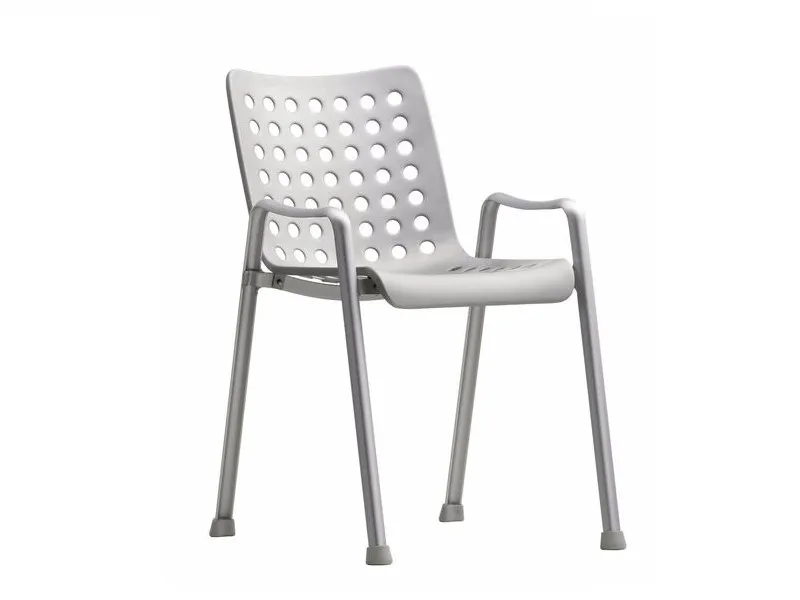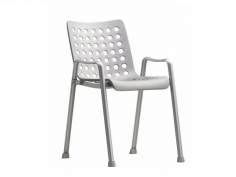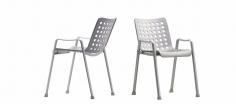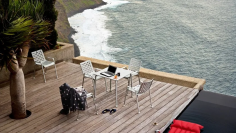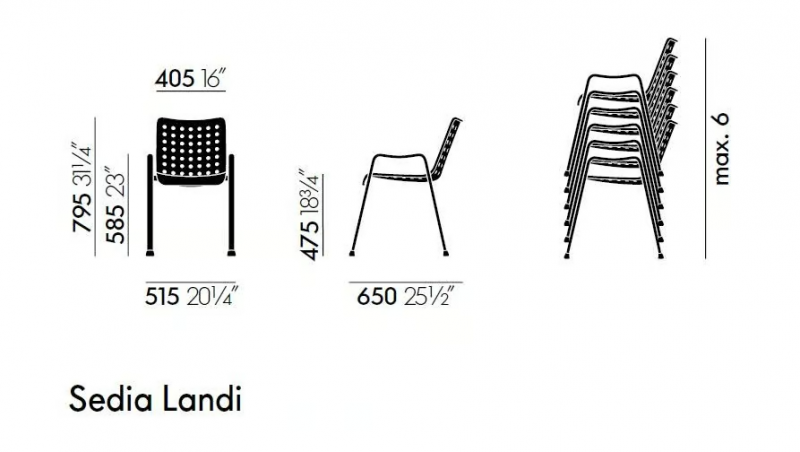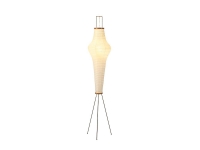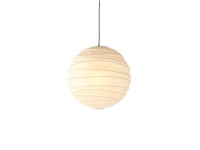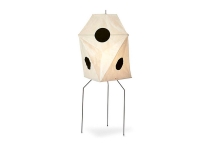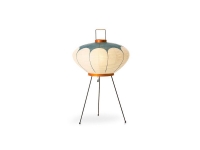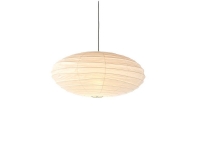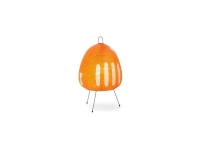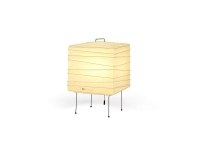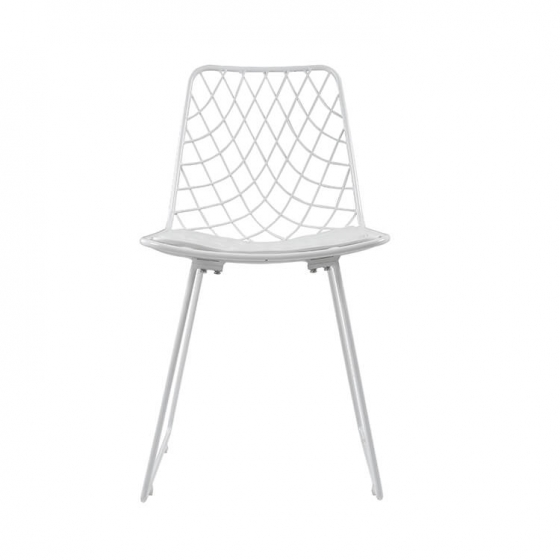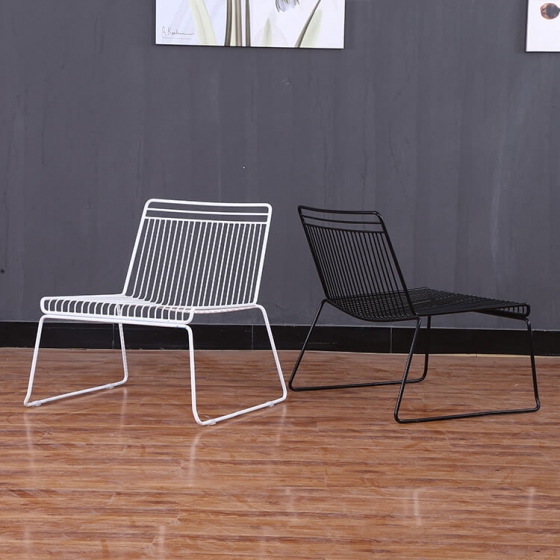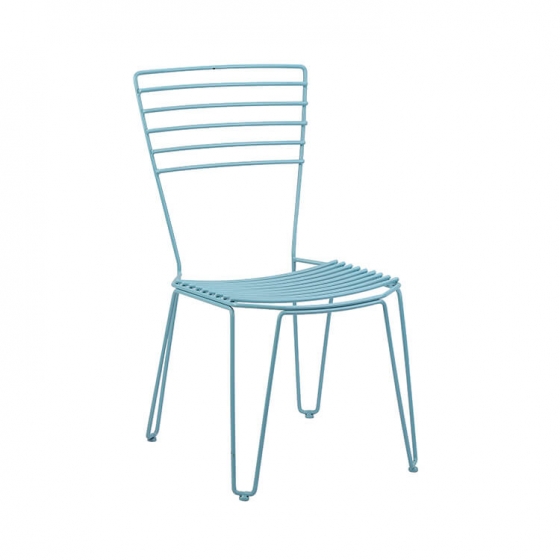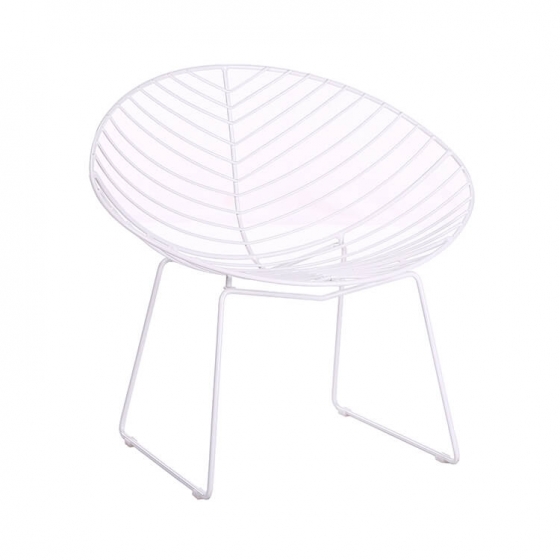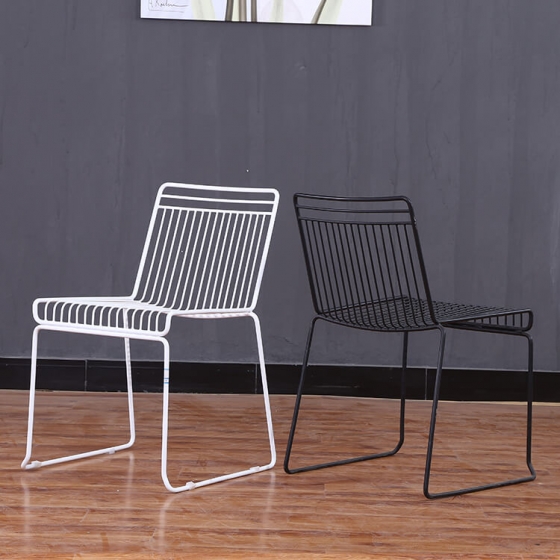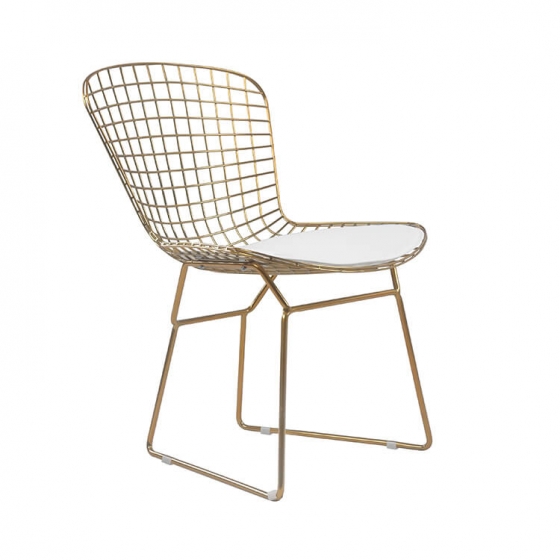Information
Developed for the 1939
Swiss National Exhibition (Schweizer Landesausstellung), the Landi Chair occupies an important place in the history of twentieth-century design: this classic by Hans Coray established the new typology of a three-dimensionally moulded seat shell on a separate base. The clear structure of the all-aluminium chair consists of two parts. First, a pair of U-shaped profiles connected by welded crossbeams form a self-supporting frame and simultaneously serve as the legs and low armrests. This base supports a seat shell, which makes ideal use of the material’s possibilities: the 91 punched holes not only ensure the modest weight and flexibility of the comfortable shell, but also give the graceful Landi its trademark appearance.
The lightweight, stackable Landi Chair is robust and weather-resistant. Technical innovation, optimal use of materials, minimalist forms and understated elegance are the elements that have made the Landi Chair into a classic over the years, which looks as fresh and vital today as ever.
Materials:
- Seat shell: seat shell in pressed aluminium sheeting with 91 punched holes, matte anodised surface.
- Base: armrests and legs from bent aluminium profiles, with welded aluminium cross braces, matte anodised surface.
- Glides: glides in light grey injection-moulded TPE.
- Applications: suitable for outdoor use.
- Note: as in the original design, the Landi Chair can be stacked up to 6 units high. Vitra‘s re-edition of the classic stays true to the original while making the most of the latest technical possibilities. The anodised aluminium surface of the chair is durable and weather-resistant but may develop signs of wear and tear if the chairs are stacked.

